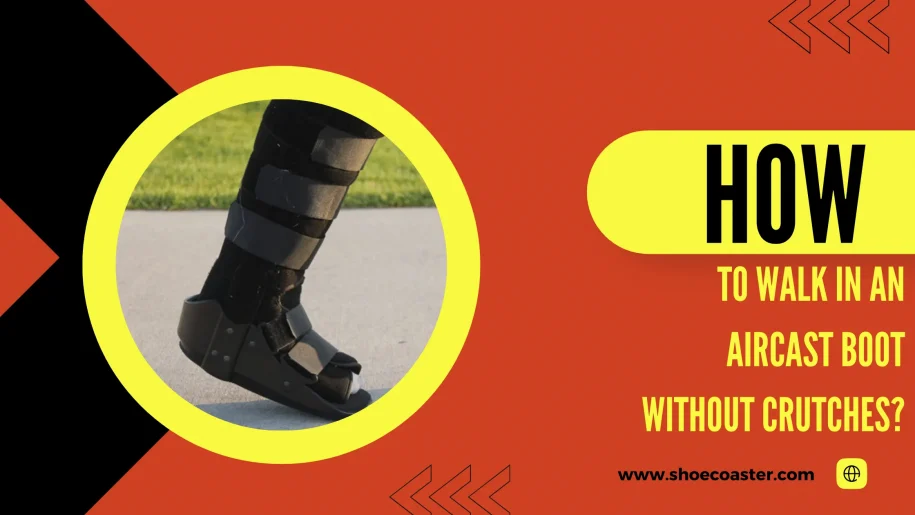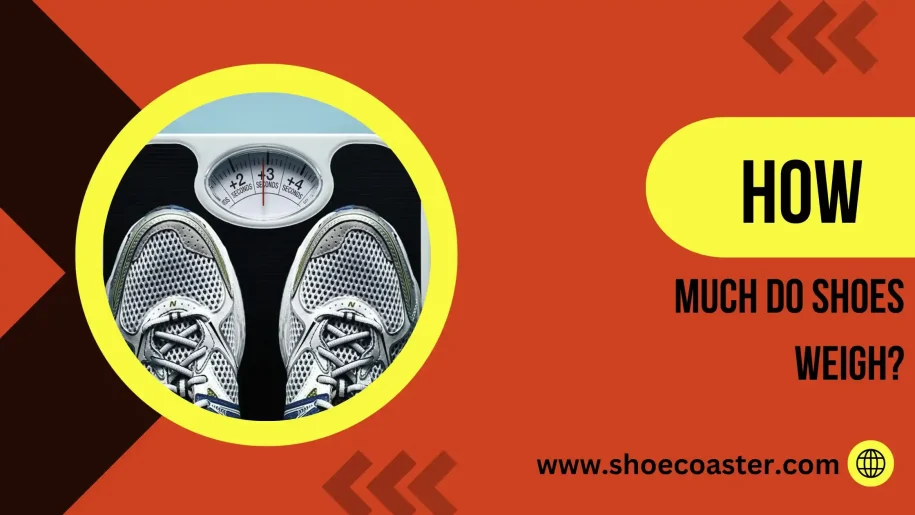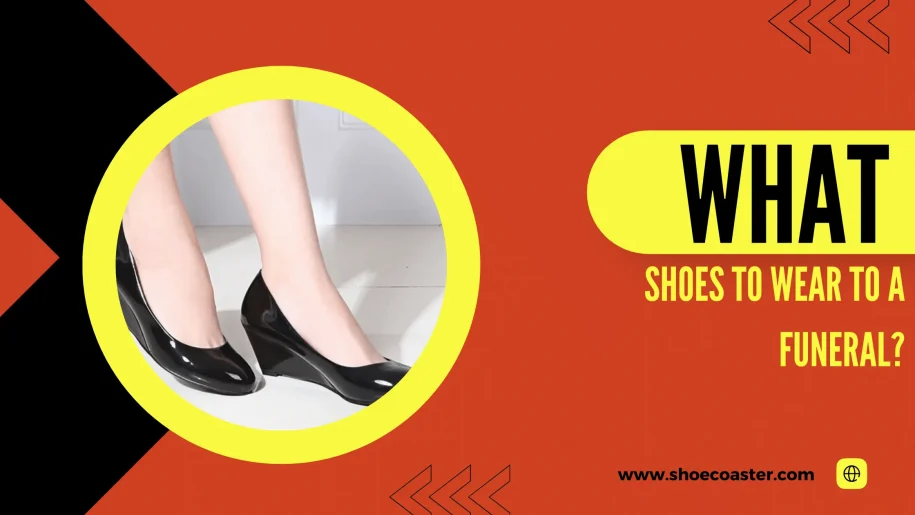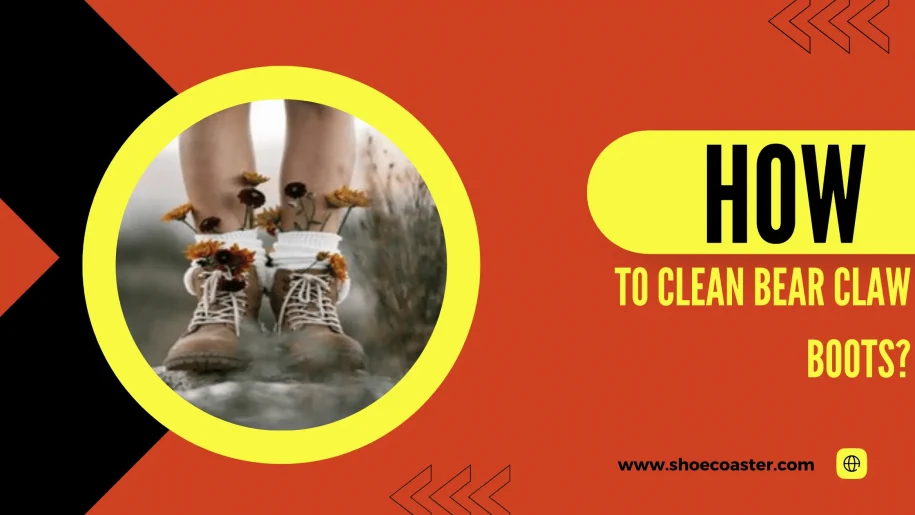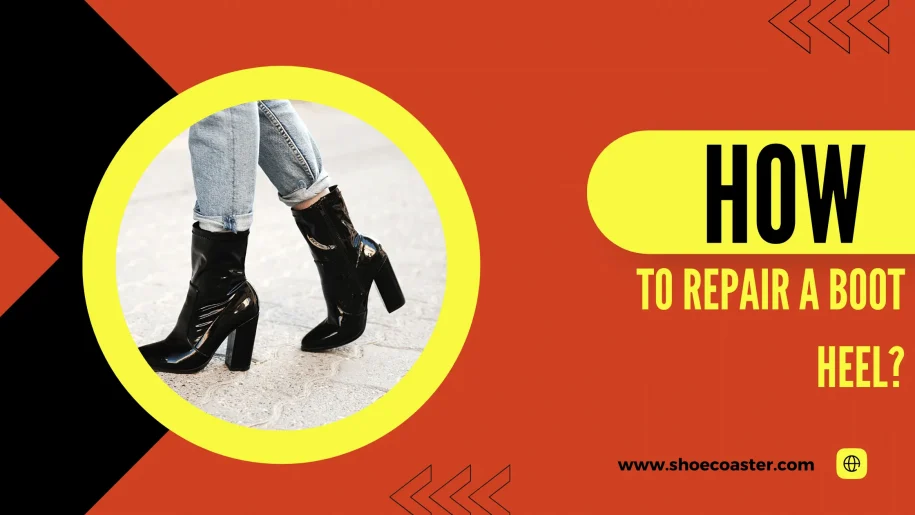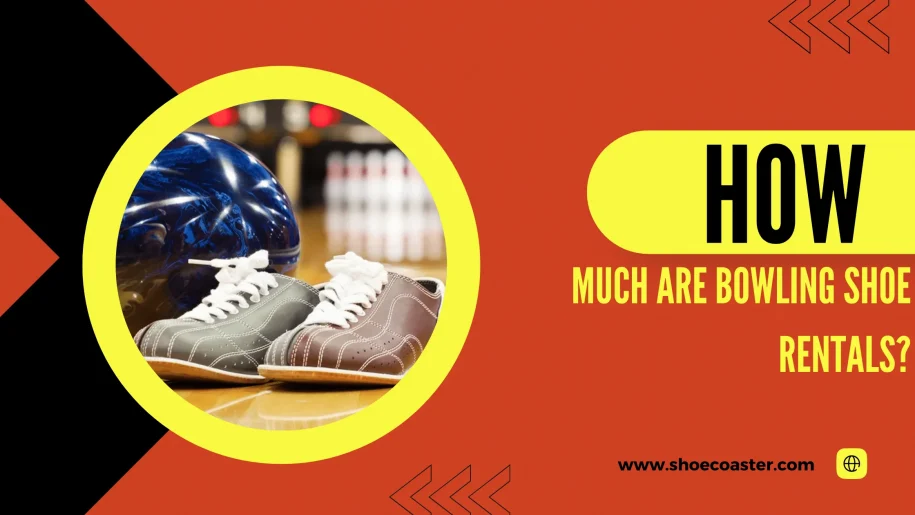Aircast boots are a type of walking boot often prescribed to people who injure their ankles. They provide support and stability to the ankle joint and allow people to walk without the use of crutches. While it may take a little bit of time to get used to walking in an Aircast Boot, it is worth it for the amount of pain relief and mobility you will gain. Here are a few tips on how to walk in an Aircast Boot without crutches.
Methods to Walk in An Air Cast Boot without Crutches:
There are many methods to walk in an air cast boot without crutches.
The Pelvic Tilt Method:
This is the most common way to walk without crutches when you’re wearing an air-cast boot. To do it, stand with your feet hip-width apart and your weight evenly distributed between them. Tilt your pelvis so that your hips and lower back come off the ground, and hold for five seconds. Then release and repeat 10 times.
The Backward Leaning Method:
To do this method, stand with your feet hip-width apart and lift your injured leg so that your heel is off the ground. Lean your weight onto your good leg, and keep your injured leg straight as you slowly bend your good leg at the knee. Once your good leg is bent at a 90-degree angle, hold for five seconds and release. Repeat 10 times.
The Side-Stepping Method:
If you need to change directions quickly, this method is for you. Start by placing your feet shoulder-width apart and keeping your weight distributed evenly. Step to the side with your good leg, and then bring your injured leg up to meet it. Remain level in your hip area and Pelvis as you take each step. Additionally, avoid any twisting motions with your hips.
The Mini-Squat Method:
A great way to change your direction while walking or running is by using this method. Start with your feet shoulder-width apart and evenly distribute your weight. Squat down slightly on your good leg, and then bring your injured leg up and around to meet it.
The Grapevine Method:
Use this method when you need to turn or walk in a different direction. To begin, stand with feet shoulder-width apart and weight evenly distributed. Step to the side with your good leg, and then bring your injured leg up and around to meet it. As you step, keep your pelvis level, and don’t let your hips twist.
The One-Leg Stand Method:
If you’re looking for a way to relieve stress on your feet from standing in one place for extended periods of time, this is the method for you. Start by placing all your weight evenly across both legs. Bend your injured leg at the knee and bring it up so that your foot is resting on your ankle. Use your hand to hold onto a nearby object for balance, and stand as tall as you can. Hold for 30 seconds and repeat three times.
The Stair Climbing Method:
If you want to avoid using crutches, try this method for going up and down stairs. To begin, stand on your uninjured leg at the bottom of a staircase. Place your injured foot on the step above you, and then use your good leg to push up, bringing your injured foot with you. Climb the stairs without tilting your hips and keep your pelvis level. When you reach to top of the staircase, carefully come back down one step at a time while remaining aware of your surroundings.
The Hop Method:
This method of travel is not only more practical but also much faster than using crutches. To start, stand on your good leg and make sure your weight is evenly balanced. Bend your injured leg at the knee and bring it up so that your foot is resting on your ankle. Use your good leg to hop forward and land on your injured foot. Jump ten times without letting your hips twist and keeping your pelvis level.
Why Is It Important to Walk in An Air-Cast Boot without Crutches?
There are many reasons why walking in an air cast boot is important without crutches.
Walking Helps Prevent the Development of A Limp:
One of the main benefits of walking is that it helps prevent the development of a limp. If you keep your foot elevated for too long, you can develop muscle atrophy and weakness in your leg. When you finally start walking again, you’ll likely experience pain and stiffness. Walking will help maintain muscle strength and keep you limber.
Walking Can Help Relieve Pain:
Walking can help relieve pain by stimulating blood flow and releasing endorphins into your system. Endorphins are the body’s natural pain relievers. Walking can also help reduce swelling and inflammation in your foot and ankle.
Walking Can Speed up Healing:
Walking can speed up healing by stimulating blood flow to your foot and ankle. This increased blood flow helps deliver oxygen and nutrients to the area, promoting healing. Walking can also help reduce swelling and inflammation, further speeding healing.
Walking Can Help Prevent Blood Clots:
Walking helps prevent blood clots by keeping your blood moving. Blood clots can be dangerous because they can travel to your lungs and cause a pulmonary embolism, which is a potentially life-threatening condition.
Walking Can Improve Your Overall Health:
Walking is a low-impact exercise that can help improve your overall health. Walking can help improve your cardiovascular health, strengthen your bones and muscles, and improve your mental health.
Conclusion:
After reading this post, you should be able to walk in an aircast boot without crutches. Remember to take your time and use the tips we’ve outlined here to make the process easier for you. Be sure to stay off of your foot as much as possible and continue using the crutches until your doctor tells you otherwise. We hope that you have a speedy and successful recovery!
Frequently Asked Questions
Is It Easy to Walk in An Aircast Boot without Crutches?
You may be able to walk in your aircast boot without crutches, but this will depend on how much pain you are in and how well you can bear weight.
